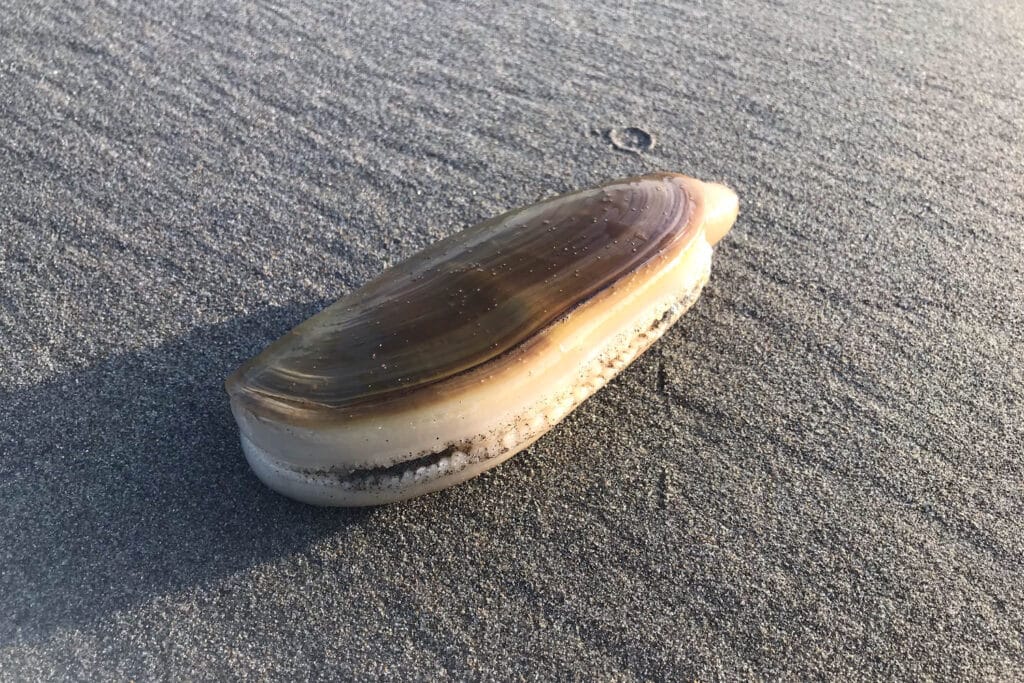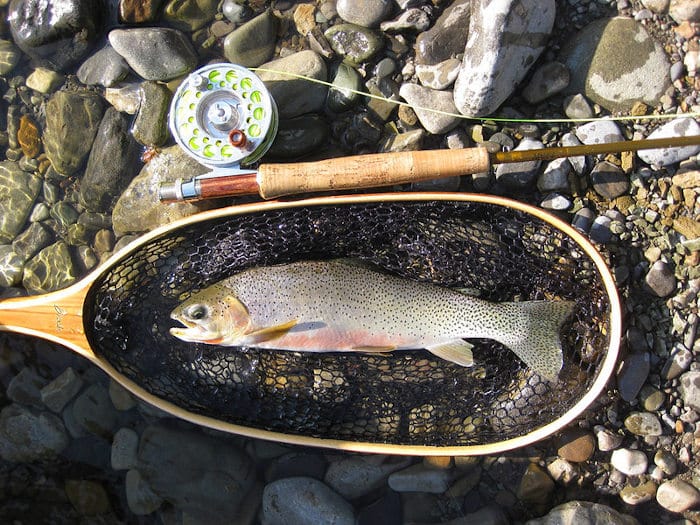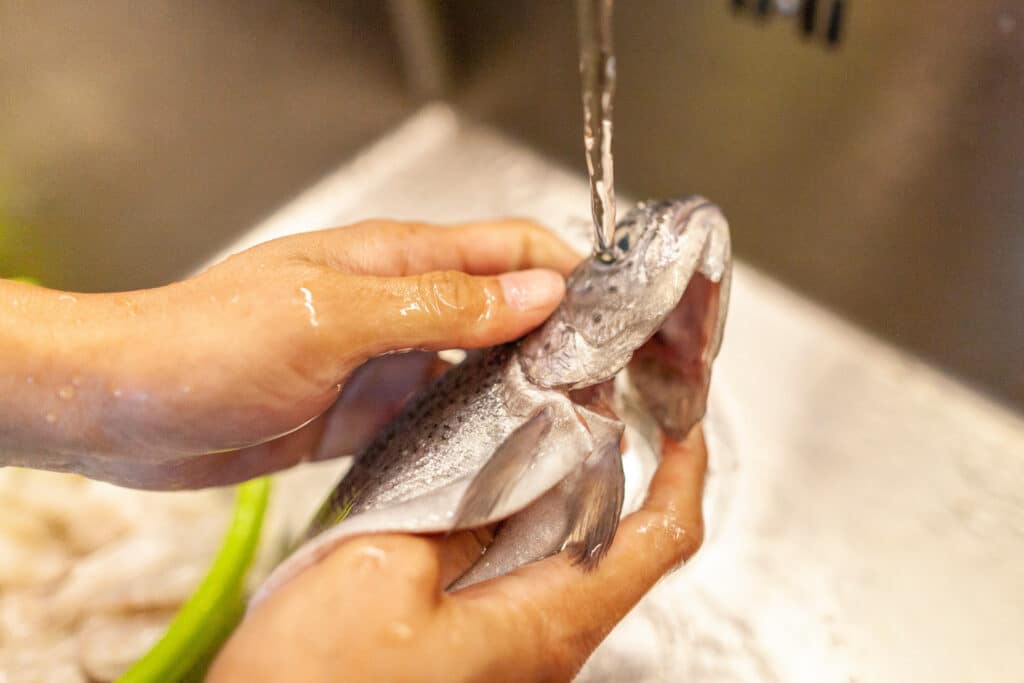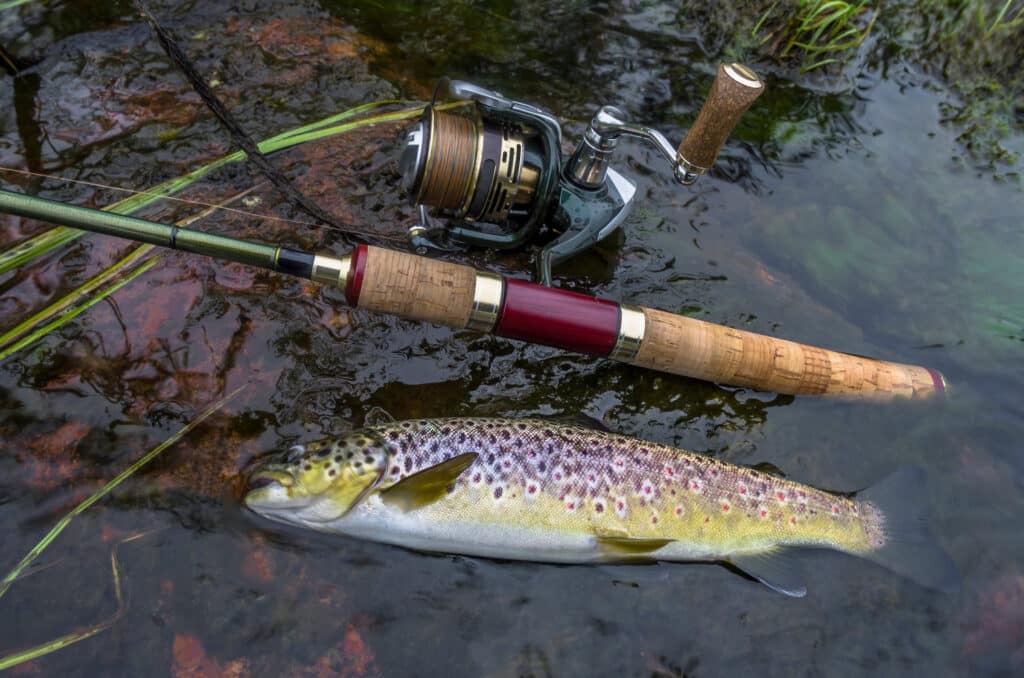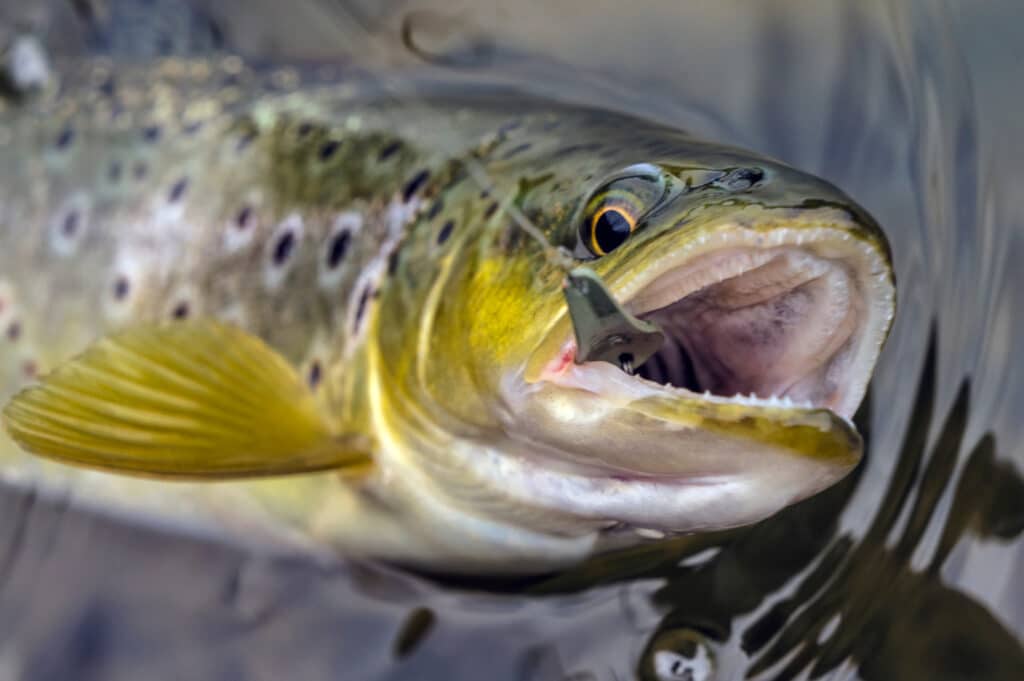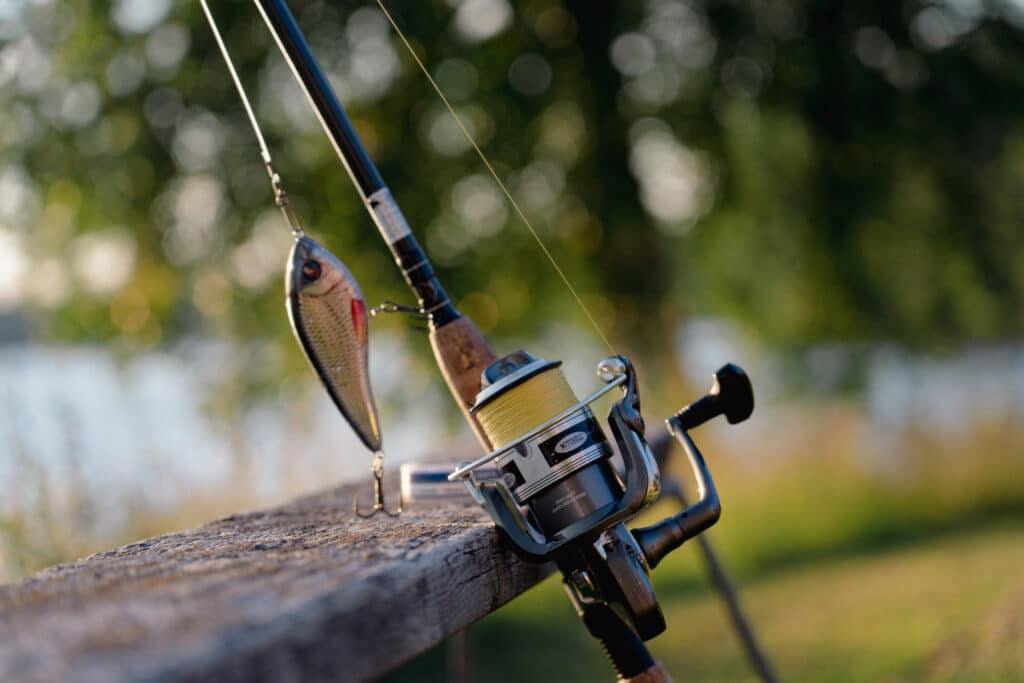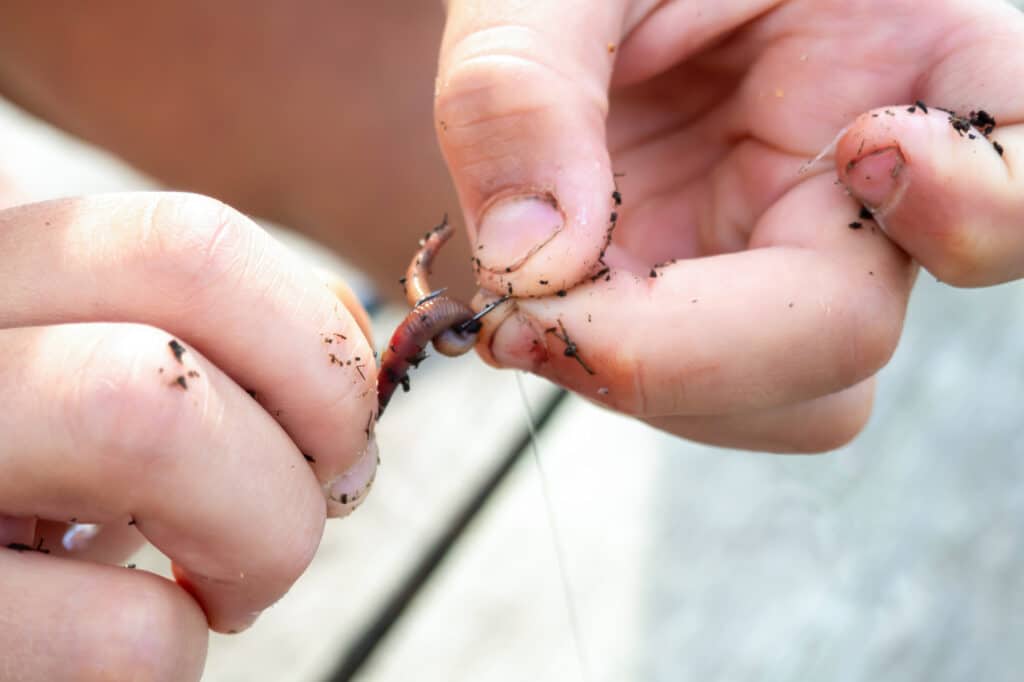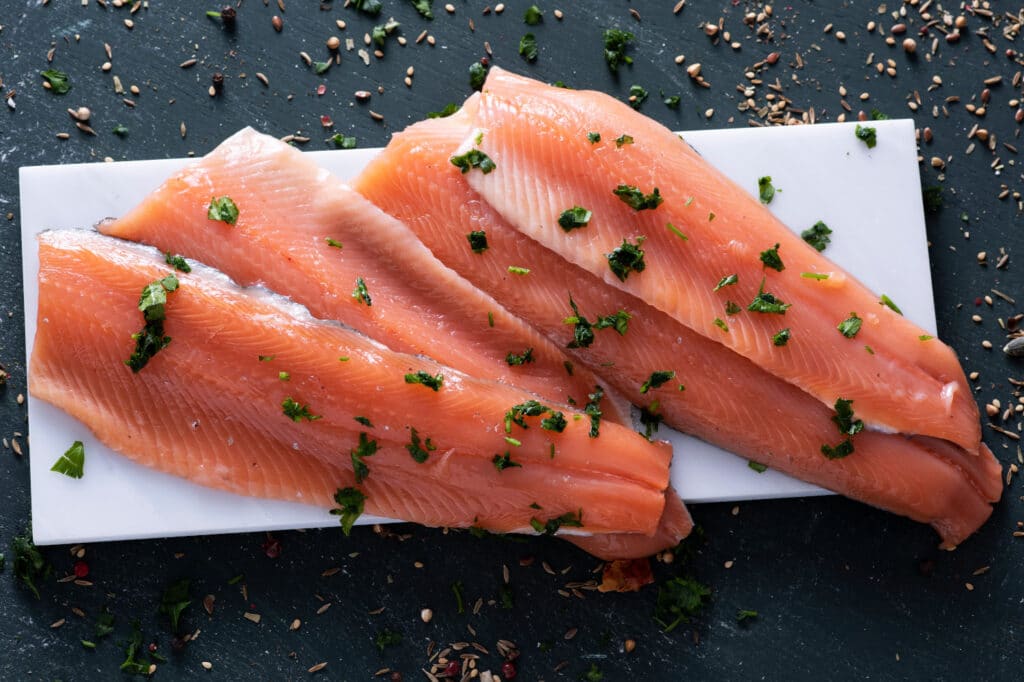If you’ve ever been to the Oregon or Washington coast, you’ve probably heard of razor clams. You can find them fried up in seaside fish shacks, alive in local fish markets, and even in the form of “steaks” at local groceries.
They’re one of the north coast’s favorite delicacies for good reason. They’re tender, flavorful without being too “clammy”, and make for perfect fried seafood snacks.
But the best thing about pacific razor clams is that you can dig for them yourself. They’re found on tons of northern pacific beaches, and their ability to dig fast makes them a fun, accessible adventure. The best part is that when you’re done, you’ll have a delicious, satisfying meal that you harvested from the ocean yourself.
Razor clam digging can be a little daunting to beginners, but in this guide, I’m going to teach you everything you need to know to go out and get a limit on your own. Read on for everything you need to know to dig razor clams, or use the table of contents to find what you need.
The Wild Provides is a participant in the Amazon Affiliate program. If you click through one of the links on this site and make a purchase, we may receive a small commission at no extra cost to you. It helps to keep us up and running, but all recommendations are my own honest opinions.
Where Can You Find Razor Clams?
The first step to digging razor clams is finding them. They’re abundant in Oregon and Washington, but they aren’t found on every beach. And going out to a random beach and hunting around can be a huge waste of time.
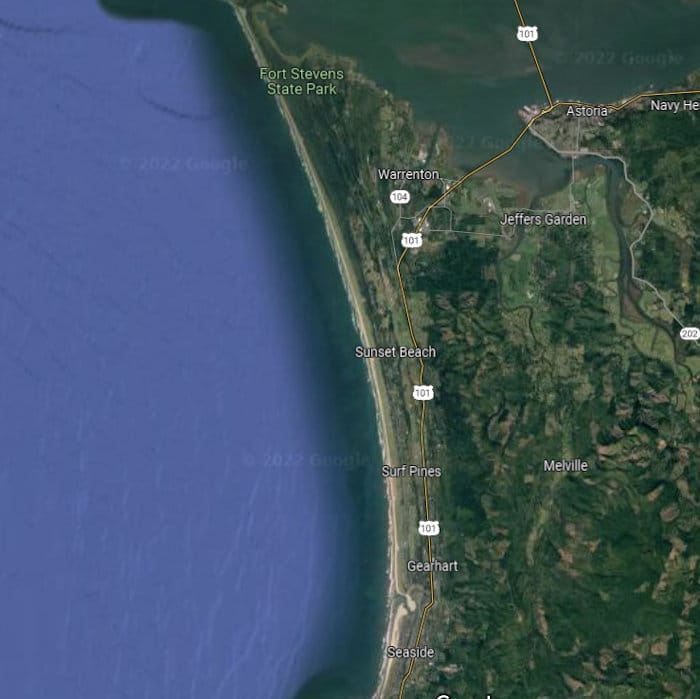
In Oregon, razor clams are found primarily on Clatsop County beaches. Clatsop County is the northernmost county in Oregon, and it’s home to Seaside, one of the most well-known Oregon Coast towns.
The 18-mile stretch of beach from the mouth of the Columbia River to Tillamook Head is by far the most productive beach in Oregon. Limits there are usually easy, but you can find a few razors as far south as Tillamook (if you’re willing to work hard to find them).
Check out ODFW’s list of razor clam beaches for a description of specific locations.
In Washington, razor clams are found on most of the beaches from the mouth of the Columbia River north to the Quinault Indian Reservation. Washington regulates its seasons differently than Oregon, so always make sure to check if a beach is actually open before you go.
Check Washingtons’ list of razor clam beaches for more information on specific locations and regulations.
Regardless of the beach, you’ll need a very low tide to find them. You can check local tide tables online here or here; you’ll almost always need a negative tide, but a -1.0 or lower is best.
Razor Clam Seasons: Know before You Go
And speaking of regulations, always check your state’s regulations before heading out. There aren’t exactly razor clam seasons; they’re open year-round in Oregon, but Washington has “razor clam days,” or specific days where clam diggers are allowed to go out and harvest. These change from year to year and are easy to find on the WDFW website.
The other important thing is to check local “red tide” advisories before harvesting any shellfish. Red tide is an offshore algal bloom that produces an extremely toxic compound called domoic acid. Filter feeders like clams, mussels, and oysters concentrate this toxin, and consumption causes paralytic shellfish poisoning (which is often fatal). Oregon and Washington’s current red tide advisories are easy to find with a quick Google search.
How To Find Razor Clams On The Beach
Now that you’ve found a good beach, you need to find the clams. Luckily, razors usually aren’t usually difficult to find. All you have to do is look for a “show.”
Clam shows can look slightly different from clam to clam, but on dry sand, razors usually produce either a dimple or a doughnut.
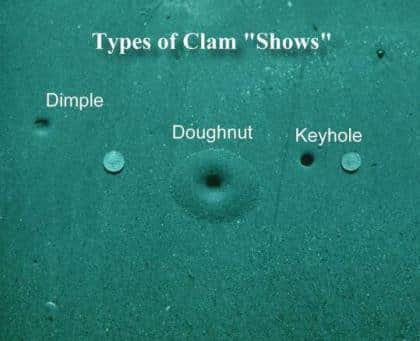
A dimple is a small depression in the sand that looks as if you just pressed a finger into it. Dimples can be anywhere from the size of a nickel to the size of a quarter; any smaller and you might be looking at a sandworm instead.
Doughnuts are even more obvious. The name is pretty self-explanatory; it’s a circle of raised sand with a depression in the middle. The doughnut itself can be as big around as a golf ball (or even bigger), but the depression in the middle will still be roughly quarter-sized.
Many clammers also like to clam right in the surf zone. Clams in the surf don’t make visible dimples or doughnuts because the water washes them away as soon as they appear. But if you’re quick, you can see the sign of razors “necking”, or sticking their neck all the way to the surface to find food. As the water washes out, look for a “V” shape in the water, which is the wake created by the neck poking out. The point of the V is where the clam is.
These clam shows signal that a razor is directly underneath them. But it’s not quite as simple as scooping some sand out and grabbing them.
How To Dig Razor Clams
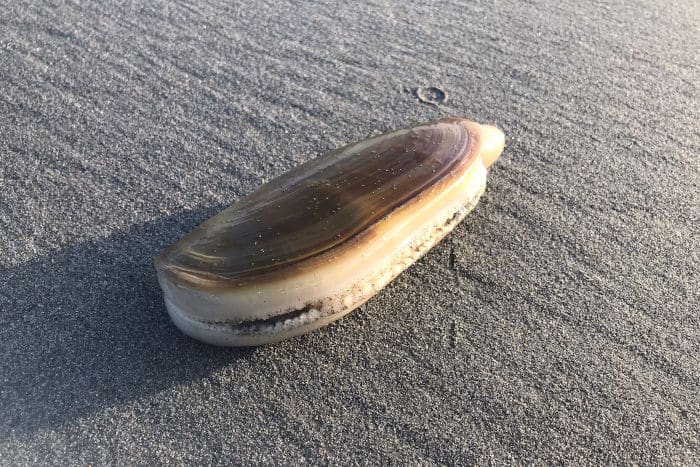
Razors are one of the most popular clams because they require some skill to dig. They can dig fast by clam standards (around a foot per minute, but depending on the sand conditions they can be much faster for short bursts).
Razor clams are also very brittle, and don’t take much force to crush completely. You have to move fast to get them, but you also have to be careful.
Clamming Methods: The Clam Gun
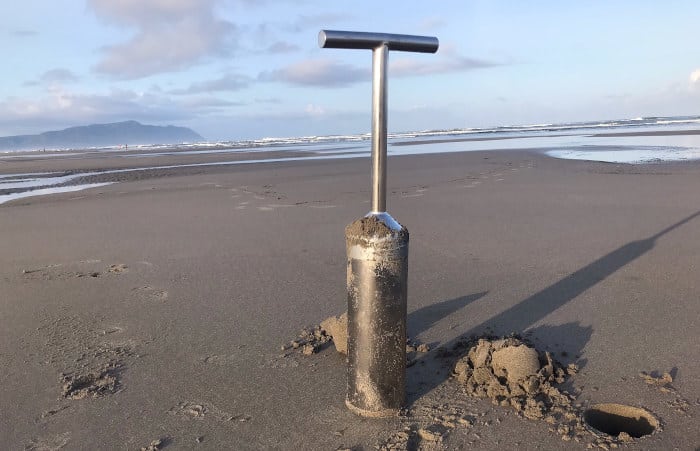
The most popular way to dig razor clams is with a clam gun. A clam gun is a 4-5 inch diameter tube that you punch into the sand over the top of a clam. Then you use suction to suck all the sand out of the hole, and ideally, an intact clam with it.
How to use a clam gun:
- Put the clam gun over the show, but slightly off-center towards the ocean. ⅔ of the circle should be on the ocean side of the show, with the other ⅓ on the land side of the show.
- Push the gun straight down as far as you can, twisting it (but not rocking), while leaving the vent hole open.
- If you hit the clam (and you occasionally will), stop and reposition the gun (depending on where you hit it) and dig again.
- When you’ve pushed the gun as far down as you can, cover the vent hole and pull the gun out (the sand should be stuck inside it).
- If you don’t find the clam in the sand, give the hole another pass with the gun. Razors can dig deep!
Clamming with clam guns is pretty simple, but it does take practice. Breaking a few clams is normal, and they’re still perfectly edible (you just have to clean them carefully). Clam regulations also require you to count every clam you dig towards your limit, even small or damaged clams.
How to dig clams With A Shovel
A less popular, but still effective method is to dig clams with a clam shovel. A clam shovel is a narrow, bent shovel that allows you to dig quickly without too much risk of breaking the clam. This method works best when the clams are close to the surface (the majority of clams tend to stick to the same depth, depending on the surf conditions and time of year).
The steps to digging with a shovel:
- Flip the shovel “upside-down” of how you’d use a normal shovel
- Insert the blade perpendicularly into the sand about 4 inches to the ocean side of the clam show (the shovel handle will point at roughly a 45-degree angle toward the dunes).
- Push the handle upward to remove the sand backward and at an angle.
- Go back in at the same spot, repeating until you reach the clam.
- If you hit the clam with your shovel, stop immediately. Slide your hand behind the shovel blade, remove the shovel, and grab the clam!
It’s pretty easy to break clams with this method, so be extra careful until you figure out how to do it. It’s better to let a few clams escape because you dug too slow than break them in half because you went too fast.
In very dry sand, another method is to dig quickly next to the clam. Starting about 4 inches to the ocean side of the clam, dig straight down as fast you can and stop at roughly two feet deep. Reach into the hole and towards the clam show, and hopefully, the clam will be right there!
This method takes a little extra effort, but it can be done with a regular shovel. So you don’t need clam-specific gear to get razors; they are accessible to anyone with a shovel and willingness to dig!
Razor Clamming: Other Useful Gear
Aside from a shovel or gun, there are a few other pieces of gear that will help you be successful and have a good time at the beach.
Clam Bag
If you’re going to be keeping razor clams, you need somewhere to put them. A bucket works, but because you’ll have to move around to find the shows, a clam bag is better.
A good clam bag will have a loop to clip it to your belt or belt loops. It’ll also have a wide, circular opening so it’s easy to put clams in it when it’s clipped to your waist. They aren’t expensive, either; you can get good ones for about $10 on Amazon.
Waders Or Rubber Boots
Whether you want waders or rubber boots depends on how close to the water you plan on being while clamming. At a really good low tide, you can dig for razor clams in tennis shoes. But at a marginal tide (depends on the location, but usually anything higher than -1 feet) you might need to be close to the surf.
I almost always wear rubber boots even when I don’t think I’ll need them. If you do want boots, you can get relatively cheap ones on Amazon.
Rubberized Gloves
Razor clams aren’t called “razors” for no reason; their edges are actually sharp enough to cut you. You can certainly get by just by being careful, but rubber gloves will keep your hands clean and protected while you dig.
Sunglasses
The north pacific coast is often cloudy, but when the sun is out the glare off the water can be blinding. There is also often glare off of the flat, wet sand that has been exposed by the tide, and it can be almost as bad as fresh snow on a sunny day.
I always recommend bringing sunglasses, even when you don’t think you’ll need them.
Final Thoughts On Razor Clam Digging
Digging razor clams takes some practice, but with a little bit of time on the sand, anybody can be a successful digger. Just remember to be out there at the right tides, look for the shows, and be careful until you figure out how to do it right. You’ll probably end up with a few broken clams, and that’s okay! Broken clams are still edible, but bringing them out intact is the goal to strive for.
Keep those things in mind and you’re sure to have a good time. Happy clamming!

